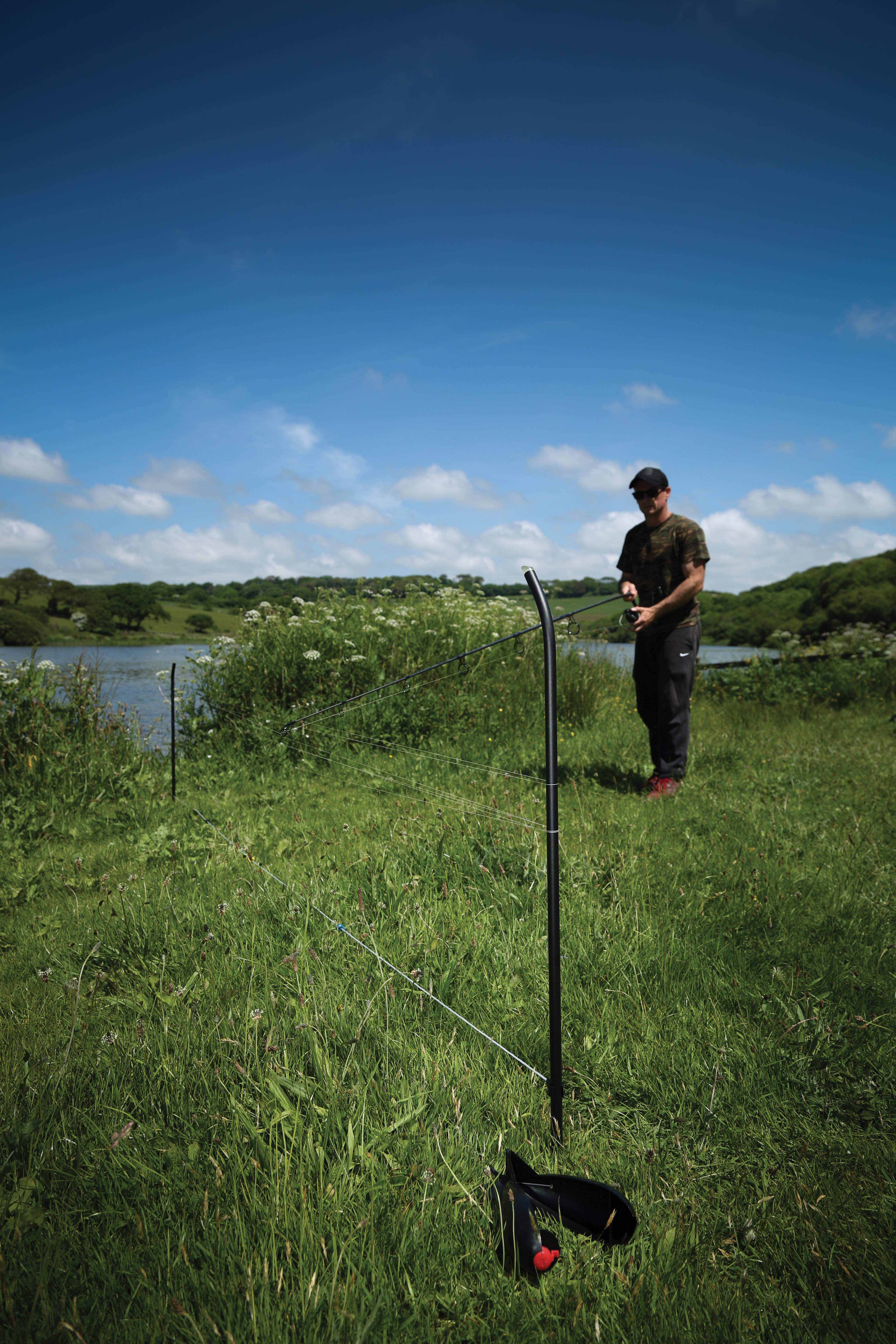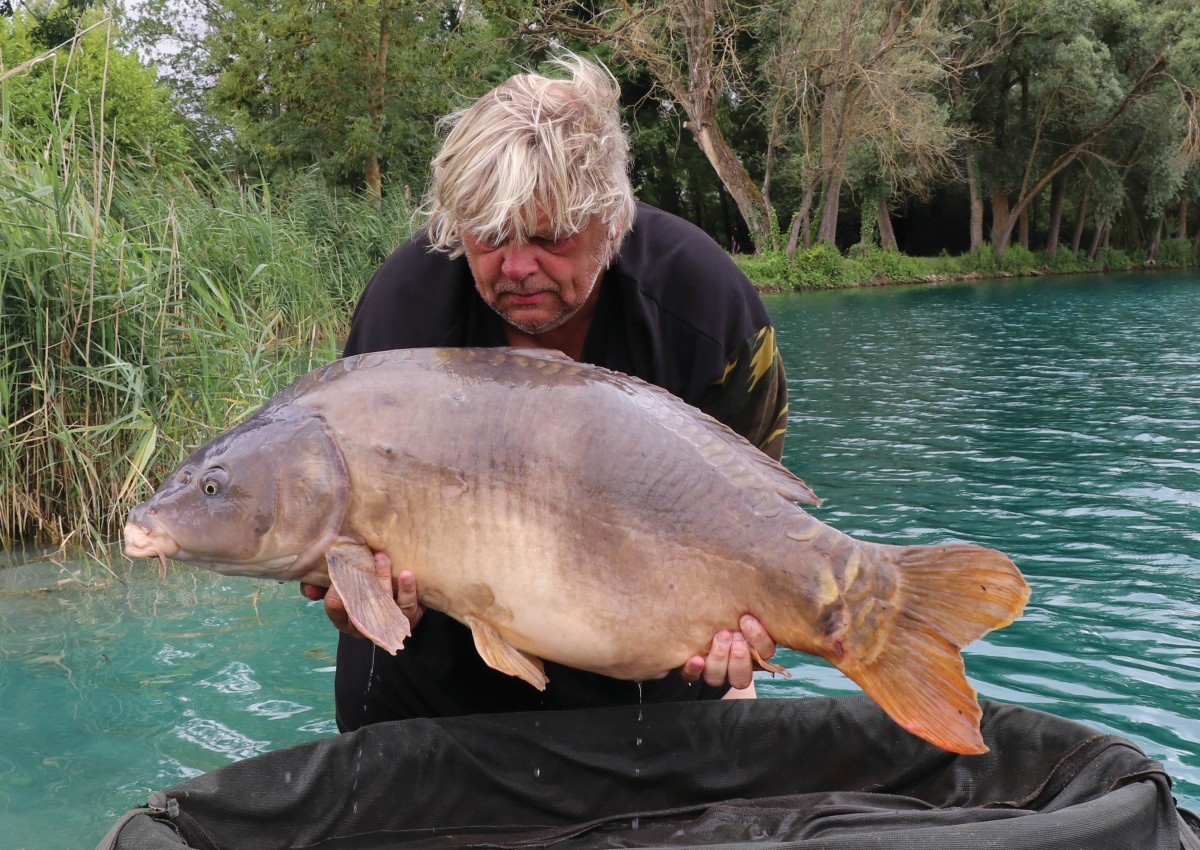
Carping Allegedly - October 23'
Bill Cottam extolls the virtues of a new hook pattern, and has a word of warning for fans of distance sticks
The Tic Revolution
You don’t have to spend much time at The Graviers in France, in the company of Luke Moffatt, to realise that he is exceptionally bright, and that has a very enquiring mind when it comes to all matter of subjects. Consequently, when he told me that he’d come up with a potentially game-changing hook pattern, my listeners immediately pricked up—you see what I did there?
Let’s face it, few people have had such an intense day-to-day involvement with fish and fish safety as Luke has, during his time running one of Europe’s premier big-fish waters. If you add to that the fact that our man has earned himself a reputation as an obsessive when it comes to fish care, the new hook design becomes doubly interesting.
Luke was incredibly thorough when it came to pre-launch field testing of his hooks, and the early signs were enormously encouraging. The theory was that the pattern would offer increased self-hooking and anti-eject capabilities, and the number of hooked fish that came from even the slightest indication on the bobbin certainly suggested that he was on to something.
Some who were lucky enough to get their hands on the Tic Hooks early even deemed them an unfair advantage, particularly on the more pressured venues. The key to the Tic hook’s success is the secondary, minuscule barb, positioned a mere 2mm from the needle-sharp point. The tiny nano-barb is in addition to the main barb, which is positioned in a more regular position on the shank. Undoubtedly, the nano-barb greatly reduces the risk of the hook being ejected and renders the rig considerably more effective, even when lighter leads are used and with mega-cautious feeders.
I spent an evening tying some Tic Hook presentations recently, and the effectiveness of the second tiny barb was clear to see. The hooks constantly attached themselves to my clothing and my skin—‘sticky’ in the true sense of the word!

Field-testing clearly suggests that leads as small as 1.2oz/34g will ensure the nano-barb does what’s required of it and result in better hook-holds and positive bite indications at the rod end. The main, micro-barb is then popped through as the angler tightens up and plays the fish, as it would do with the conventional carp hooks that the vast majority of us use at the moment.
Those of you who know Luke will not be at all surprised to hear that extensive testing has been carried out in respect of both damage risk and hook strength, the Tic Hook being compared to other barbed carp hooks, and the results are there for all to see.
The Graviers Tic Hook was tested extensively alongside other, popular-brand barbed carp hooks, and was found to cause no more damage than other, standard barbed patterns. The nano-barb, despite its initial efficient hold, proved extremely easy to remove from captured fish, due to its small size—the hole eventually created during the fight by the hook itself—with its wider diameter—would obviously be larger than that made by the nano-barb. Luke also put the new hooks through exhaustive strength tests against other, wide-gape, short-shank hooks, and the results clearly showed that the secondary barb in no way reduced hook strength. They compared favourably, in fact, to virtually all of them.
So, why ‘Tic’? Well, in the insect world, the parasitical tick will lie in wait with its, shall we say, nano-barbed legs extended to latch on to anything that brushes against it. You can’t feel it attach itself, but once it is attached, it stays attached.
Tic Hooks are exclusively available from Luke at The Graviers, in sizes 4 and 6, and in packs of 20. Prices are £13 per pack plus a couple of quid for postage and packing. Orders can be placed by emailing lukemoffatt@orange.fr
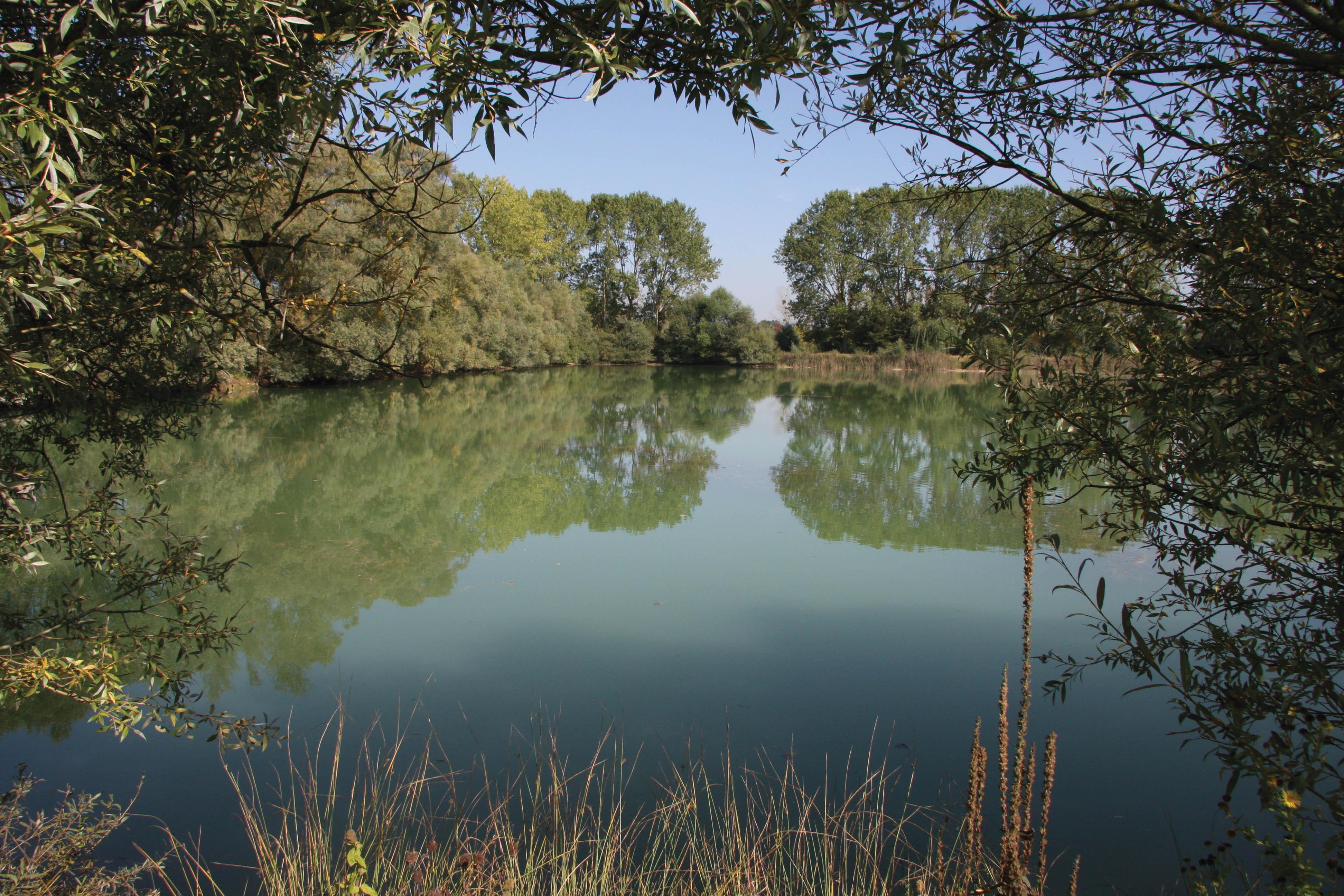
My first experience using the Tic Hooks was on The Graviers in July this year, and it was a strange session in so many ways. The leg I managed to break in April seriously limited my ability to fish properly, and I ended up resting it for a couple of days after the journey down, not fishing the nights for fear of going on autopilot at daft o’clock in the morning and going over again. Ultimately, I fished for only four days, and I wound in at night. It was great to be fishing again, though, and I enjoyed it enormously. Half a dozen fish in such a short time behind the rods had to be classed as a result, and I have to say the short-shank, wide-gape Tic Hooks, coupled with longer-than-average Super Nova hooklengths, performed brilliantly. Hook-holds were reassuringly good, and every bit of bobbin movement resulted in a fish on the bank.
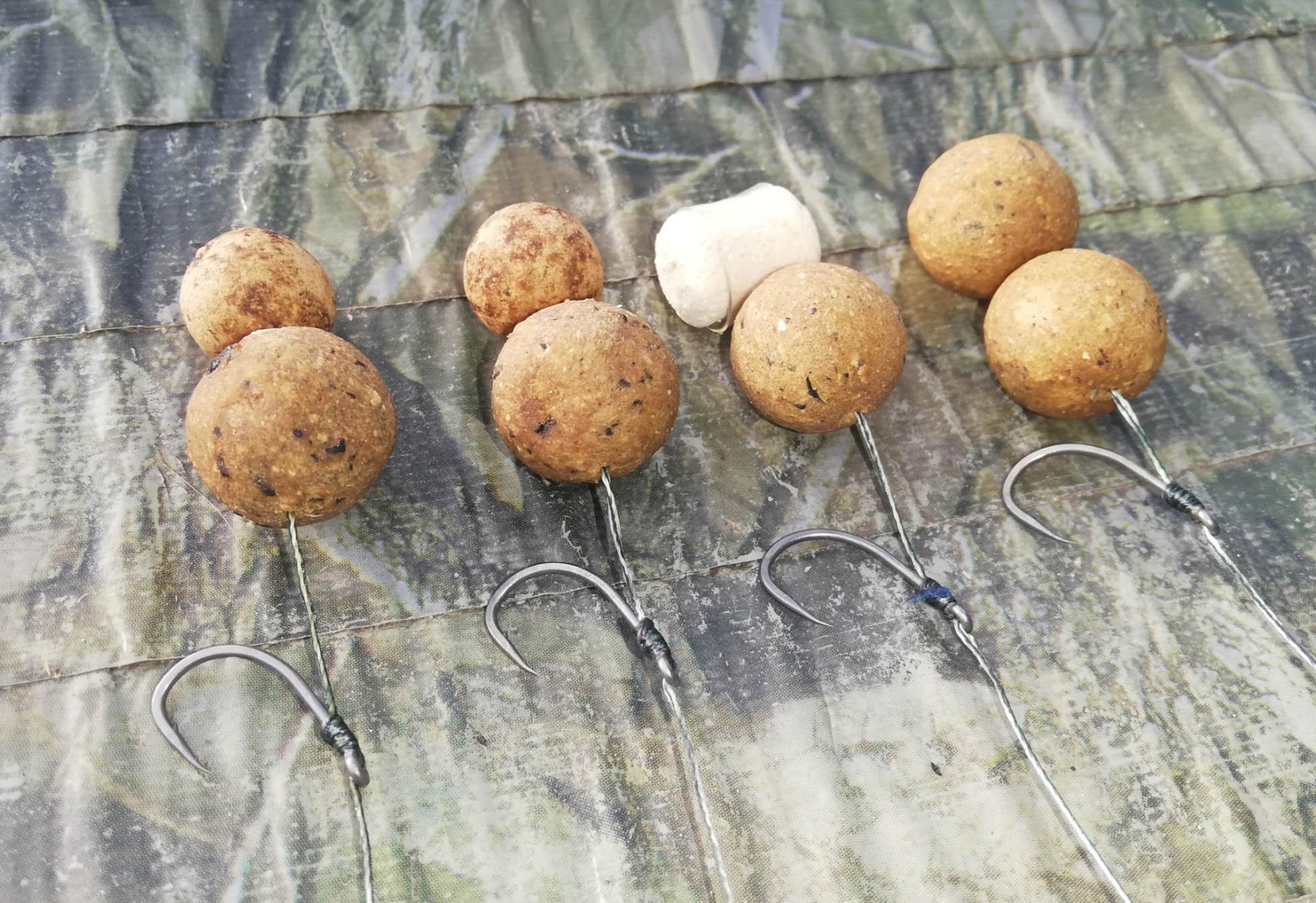
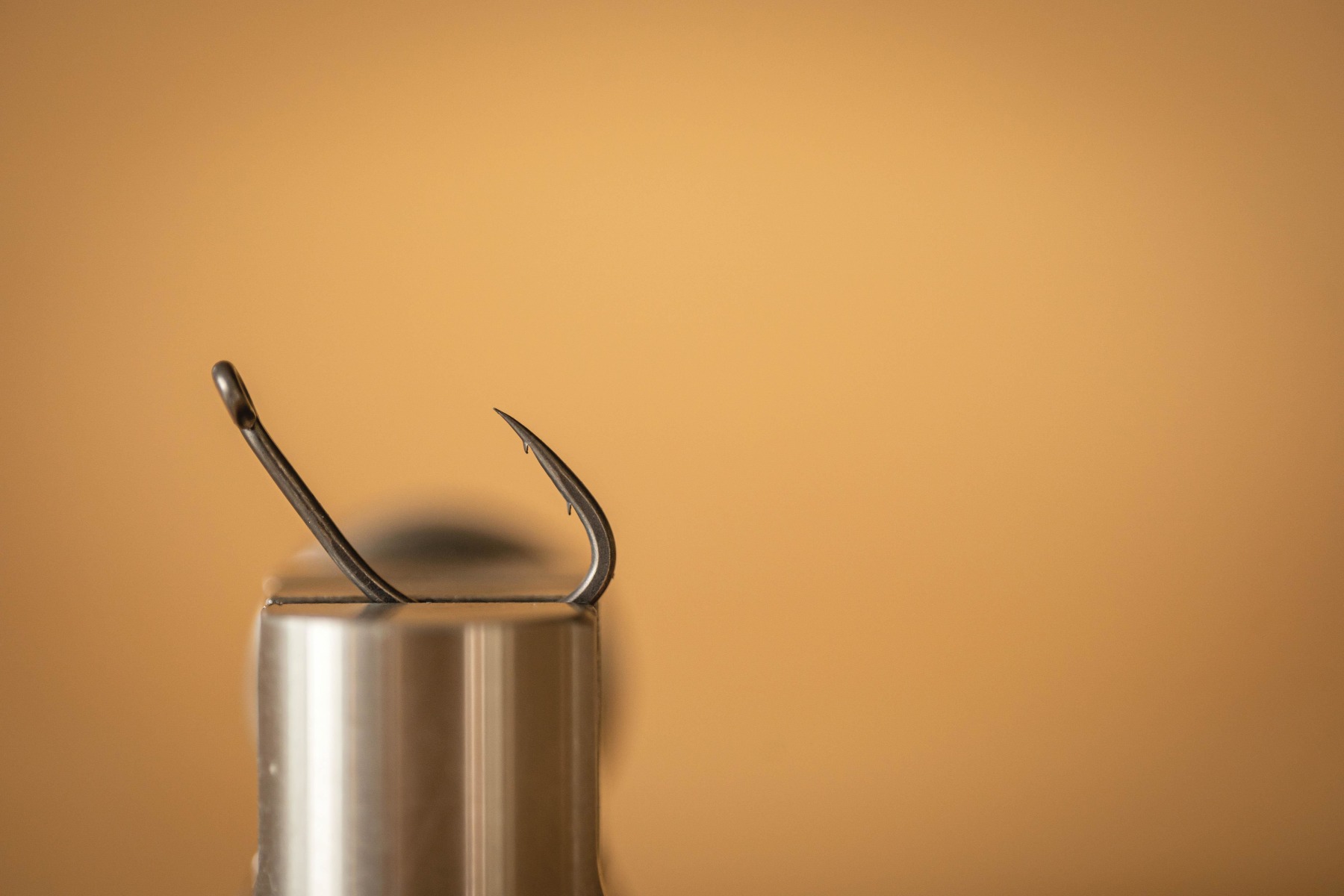
Casting Trajectory & Distance Sticks
I am not a regular user of them by any stretch of the imagination, but there is no getting away from the fact that distance sticks are a great addition to a carp angler’s armoury. They certainly help you fish more accurately, and put more fish on the bank. I worry though that some anglers are not fishing quite as accurately as they might think...
The accuracy of any cast that involves you hitting the clip, putting a bit of electrical tape on the line or using a stop knot, is all down to the trajectory of the cast. In other words, if you haven’t mastered the art of casting with the same trajectory every time, the distance you achieve will not be anything like as consistent as you think.
If you accept that this is indeed the case, then you must also accept that the bailiff telling you that if you aim for the willow on the far bank, the dinner plate-sized gravel patch where the big ’un invariably comes from is 27.5 wraps from Swim 14, doesn’t really hold a great deal of water, unless your casting style, and more importantly, the trajectory of your cast, is identical to his. And as we all know, should you miss the gravel patch by a few inches, you cannot possibly expect the big ’un to hang itself on the end!
To sum up, then, I would argue that, as good as distance sticks undoubtedly are, one angler’s twenty-five-wrap cast might not be the same as the next person’s, particularly if the next one has a habit of lobbing it unnecessarily high into the sky!
